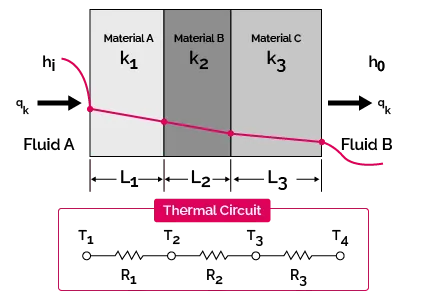How to Calculate Absolute Error: A Step-by-Step Guide

Are you looking to learn how to calculate absolute error? Whether it’s for a science experiment, a homework assignment, or just curiosity, understanding and calculating absolute error is an essential skill for anyone working with numerical data. In this article, we’re going to break it down for you step-by-step.
What is Absolute Error?
Absolute error is the difference between an estimated, measured, or calculated value and the true, actual, or accepted value. In simpler terms, it’s the discrepancy between what you’ve observed and what it’s supposed to be. The absolute error allows us to determine the accuracy of our measurements and calculations by showing us the magnitude of the mistake.
Steps to Calculate Absolute Error
Step 1: Identify the Measured and True Values
The first thing you need to do when calculating absolute error is to identify your measured or calculated value (let’s call it ‘M’) and the true or accepted value (we’ll call this ‘T’). Typically, these two values will be provided in the problem statement or can be obtained through measurements or calculations.
Step 2: Subtract True Value from Measured Value
Now that you have your two values identified, you can calculate the difference between them by subtracting the true value (‘T’) from the measured value (‘M’).
Difference = M – T
Step 3: Find the Absolute Value
Lastly, since absolute error denotes only the magnitude of the mistake and not its direction (i.e., whether it’s larger or smaller than the true value), you need to find the absolute value of that difference.
Absolute Error = |Difference|
And there you have it! You’ve successfully calculated absolute error.
Example Calculation
Let’s work through an example calculation: A student measures a metal rod’s length with a ruler, coming up with a measurement of 12.5 cm. The actual length of the rod is known to be 12.3 cm. Let’s calculate the absolute error for this scenario.
1. Identify Measured and True Values:
Measured Value (M) = 12.5 cm
True Value (T) = 12.3 cm
2. Subtract True Value from Measured Value:
Difference = M – T = 12.5 – 12.3 = 0.2
3. Find the Absolute Value:
Absolute Error = |0.2| = 0.2 cm
In this example, the absolute error is 0.2 cm.
Wrapping Up
Now you know how to calculate absolute error! This simple formula can help you assess your measurements’ accuracy, which is crucial in many fields, such as science, engineering, and mathematics. Remember that practice makes perfect: the more you calculate absolute error in various situations, the better you’ll understand its applications and implications! Happy calculating!






